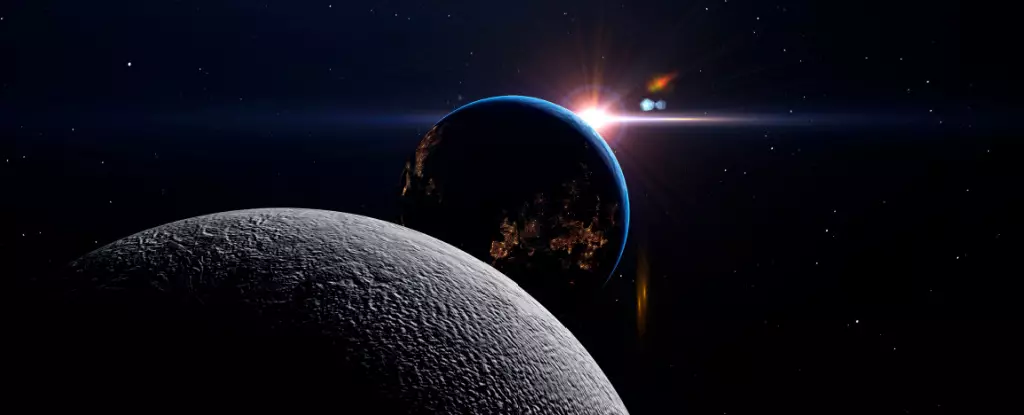As we approach the 52-year mark since the last time astronauts set foot on the Moon, the scientific community has been intrigued by the subtle time differences between Earth and its celestial neighbor. According to a recent study conducted by NASA scientists, the Moon’s time is slightly ahead of Earth’s time by approximately 1.1 seconds. This minuscule gap may not seem significant at first glance, along with the daily increase of 57 millionths of a second that the Moon accumulates compared to Earth. However, these findings have crucial implications for future space missions, particularly those aimed at revisiting the Moon.
The concept of time dilation due to gravity was first proposed by Albert Einstein in his general theory of relativity. Despite this theoretical understanding, the practical measurement of temporal distortions caused by gravitational variances has been a challenging task. Only in recent years have advancements in atomic clock technology allowed scientists to detect subtle differences in time between objects under varying gravitational influences. The unique gravitational conditions between Earth and the Moon have presented a compelling case for investigating these temporal anomalies.
With NASA’s ambitious plan to send astronauts back to the Moon by 2026 as part of the Artemis missions, understanding the time differences between Earth and the Moon has become a pressing matter. The goal of establishing a sustained human presence on the Moon necessitates precise time synchronization for navigation and communication systems. The development of a standardized time reference system for lunar missions has been a collaborative effort involving multiple space agencies, with recent findings contributing to this endeavor.
The calculation of the 57 millionths of a second discrepancy per Earth day between Earth and the Moon was determined based on the relative positions of both bodies to the barycenter of the Solar System. This complex calculation accounts for the gravitational interactions between the Sun, planets, and satellites orbiting around the common center of mass. While NASA’s study aligns closely with previous research on lunar time discrepancies, further validation and peer review are essential for establishing a definitive definition of lunar time.
The exploration of time differences between Earth and the Moon not only sheds light on fundamental scientific principles but also informs practical applications for space exploration. As we continue to unravel the mysteries of celestial mechanics, it is crucial to monitor changes in our own planet’s rotation and gravitational dynamics. By leveraging the latest technological advancements and international collaboration, we can pave the way for future missions to the Moon and beyond with precision and accuracy.


Leave a Reply